‘If the stars should appear one night in a thousand years, how would men believe and adore; and preserve for many generations the remembrance of the city of God which had been shown! But every night come out these envoys of beauty, and light the universe with their admonishing smile.’ The words above were written Ralph Waldo Emerson, the great environmental American writer. They capture perfectly the wonder we all feel when we look up at the night sky. Light pollution means that many of us who live in cities and suburbs are unable to see this nightly majesty in its full splendor. There are, however, places on the planet that are lit up by the stars each cloudless night and allow us to wonder at the unimaginable vastness of the universe. The ten locations on this list are some of the most magnificent places on the planet to lie back and gaze at the heavens. Each of the sites on this list is an opportunity to gaze into the very heart of the universe and be filled with a greater appreciation of the beauty of the planet we live on. Whether you are able to visit one or all of the sites on this list, each and every experience of gazing into the heavens is a celebration of life. So never forget to look to the skies and allow yourself to be overtaken
NamibRand Nature Reserve – Namibia
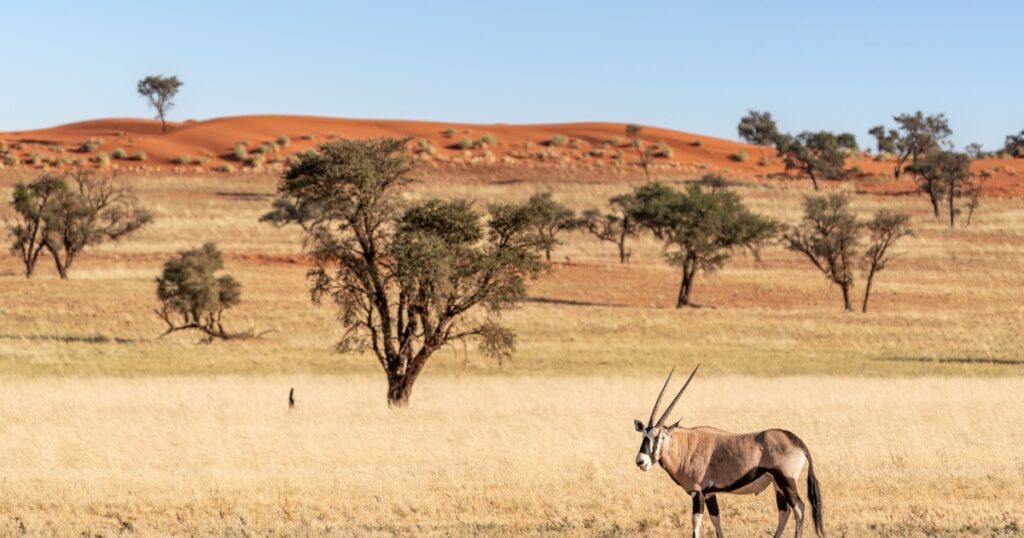
Camping out in the desert of Namibia is guaranteed to be an unforgettable experience. Amongst the sand dunes are leopards, hyenas, and giraffes, but it is the endless 360-degree view of the night sky that will live forever in your memory. When the Dark Sky Association was founded in 1988 to fight light pollution, they bestowed the honor of the first Gold Tier dark area to NamibRand Nature Reserve. The reserve is over 30 miles from the nearest village giving anyone who spends the night under the stars an entirely natural view of the night sky.
Read More: A Concerning Discovery Found in an Astronauts Bloodstream
Kerry International Dark Sky Reserve – Ireland
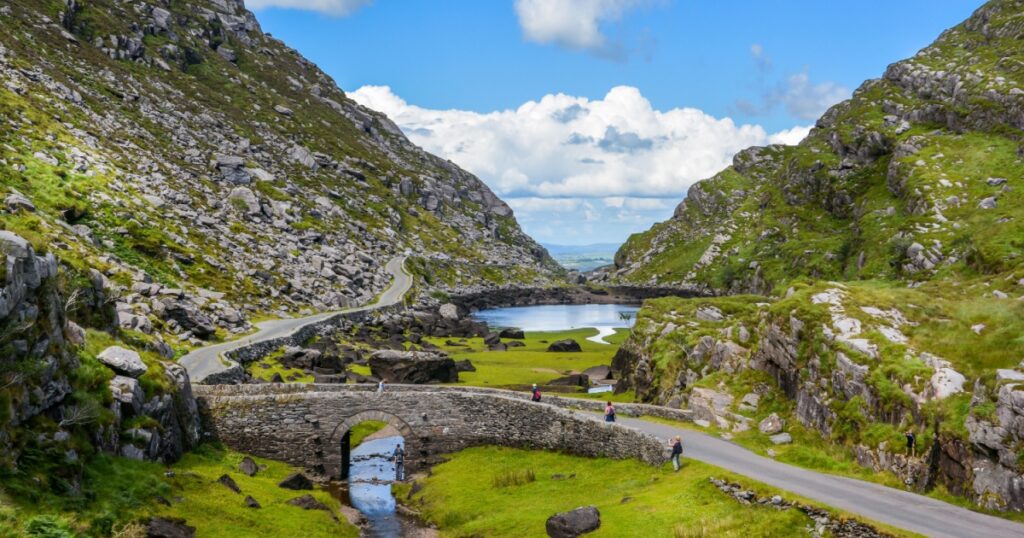
The Kerry International Dark Sky Reserve is the only Gold Tier dark area in the Northern Hemisphere. Found in the Irish peninsula of Iveragh, the reserve gives you the opportunity to see the constellations in their resplendent glory. The town nearby has invested heavily in street lights that don’t affect the sight of the stars, in order to preserve the complete darkness of the night.
Uluru-Kata Tjuta National Park – Australia
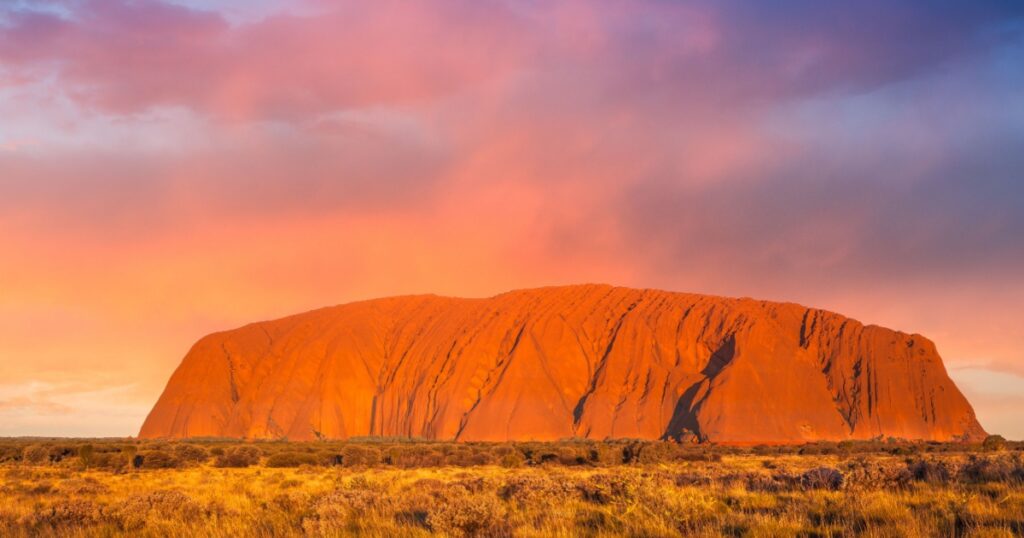
Best known for Ayers Rock, the enormous rock formation at the heart of the park, the image of the vast open space of the Australian desert bathed in a scorching sun is iconic. However, the real beauty of the park is revealed at night. Without a town or village for miles, the stars and moon are the only sources of light for the eye to behold. With no other light sources, the Milky Way is clearly visible and on rare nights the aurora australis (southern lights) can be seen over Ayers Rock itself.
Headlands Dark Sky Park – USA, Michigan

Michigan is one of the primary locations on the planet to see meteor showers. With over 550 acres of untouched, ancient forest and the vast Lake Michigan, the state is a spectacular place to stargaze. The Headlands Dark Sky Park is one of only six locations in the US with the official status as a dark sky park. The park is open 24 hours a day so that you can walk from sunset to dawn under a sky full of stars.
The Atacama Desert – Chile
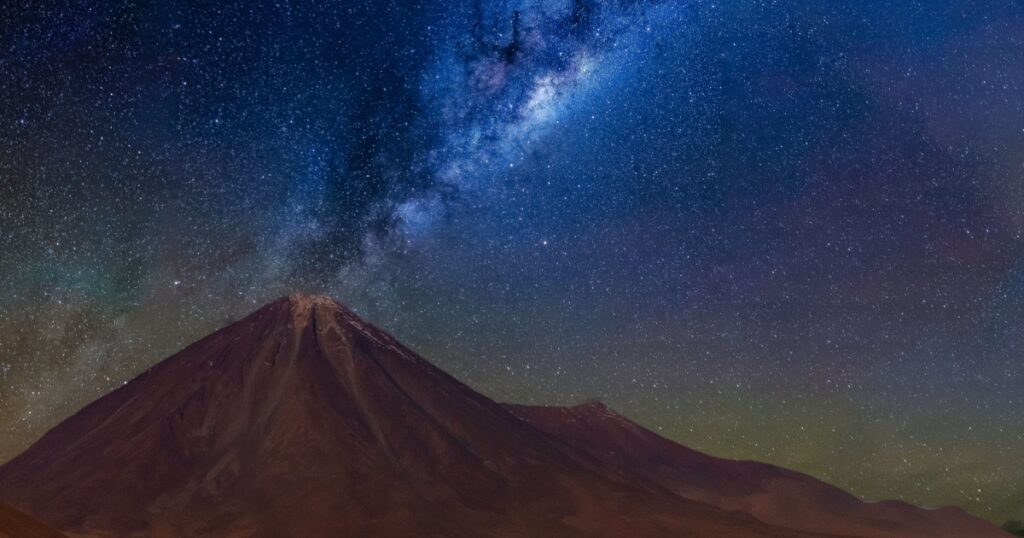
Ask any astrologist and they will tell you the three crucial elements for a good stargazing spot are unpolluted skies, dry air, and high altitude. The Atacama desert mixes all three of these elements with a staggeringly vast landscape that is lit up by stars each clear night. For amateur and professional astrologists, the world over the Atacama is a unique location. The world’s most powerful telescope is situated in the desert, showing just how exceptional the views of space are from this point.
Read More: 6 Zodiac Signs Will Not Hesitate to Cut You Out of Their Lives
Aoraki Mackenzie Dark Sky Reserve – New Zealand
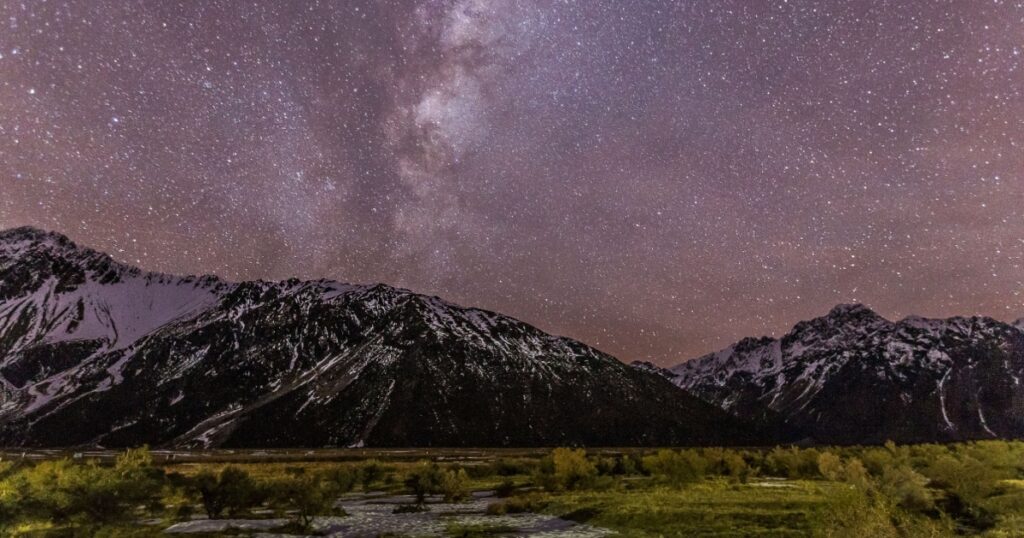
The Aoraki Mackenzie Dark Sky Reserve is the largest reserve of its kind in the world. The reserve sits on a high plateau ringed on all sides by mountains. The scenery in the day is exceptionally beautiful, but that pales in comparison with the image of the night. Millions of stars are visible alongside the Milky Way from what feels like the top of the world.
Kejimkujik National Park – Canada, Nova Scotia
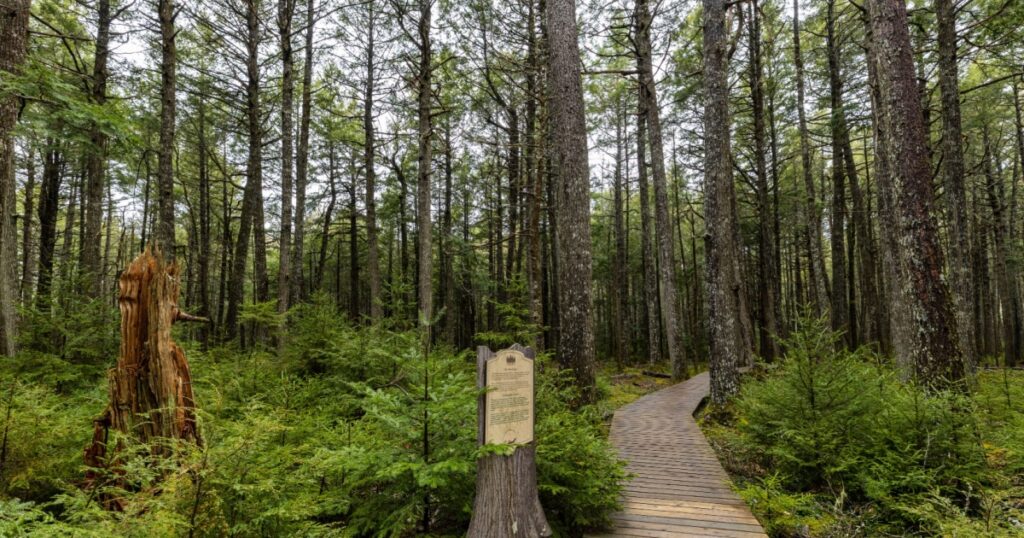
Along the southern shore of the Kejimkujik Lake is the breathtaking Canadian national park of the same name. With no towns or villages in the 404km₂ park, light pollution is a non-existent issue in the campsites that are scattered around. On the surface of the lake, the stars are perfectly mirrored. For an entirely immersive experience, it is advised, on a clear night, to go out on the lake in a boat or kayak to give yourself the sensation of being between two sets of stars.
The Galapagos – Ecuador
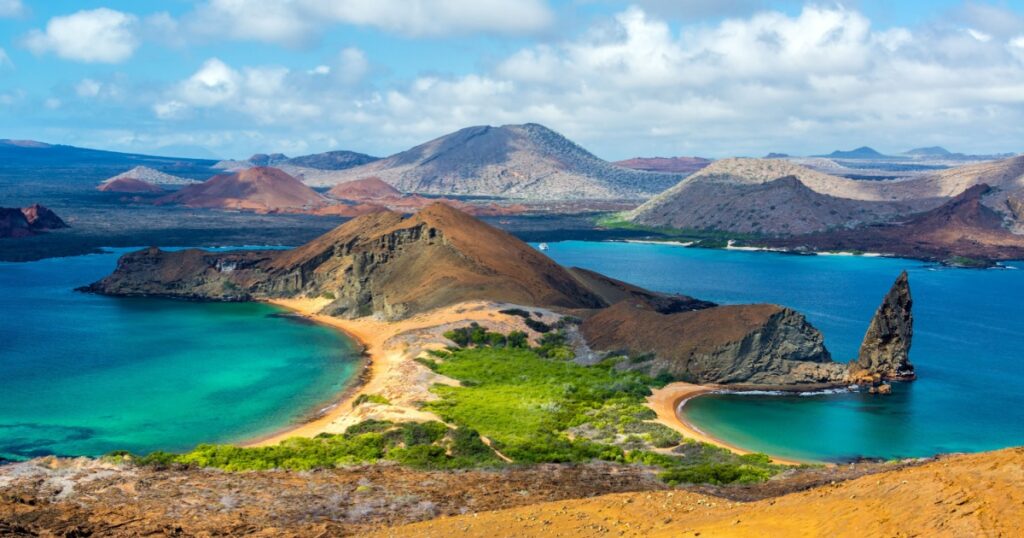
The islands of the Galapagos are considered the birthplace of modern biological understanding; Darwin’s theory of evolution was formulated on the archipelago. With only small pockets of people living on the island, there is very little issue of light pollution. Due to their physical location on the equator, it is possible to see the skies of both hemispheres. The night sky over the ocean amongst the unique wildlife is a once-in-a-lifetime experience.
Yeongyang Firefly Eco-Park – South Korea
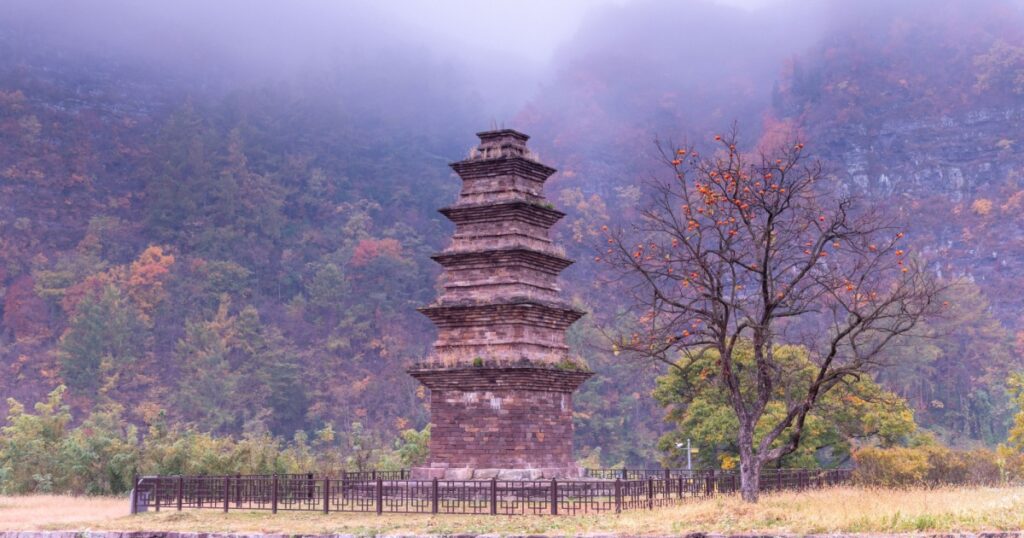
Yeongyang Firefly eco-park is the first dark sky park in Asia and is legally protected to avoid light pollution. The mountainous terrain gives you the feeling of being completely lost in nature, a sensation that is amplified when the night sky is full of stars. The park is an internationally renowned site for fireflies, and the mix of bioluminescence and astrology is utterly breathtaking.
Teide National Park – Canary Islands, Spain
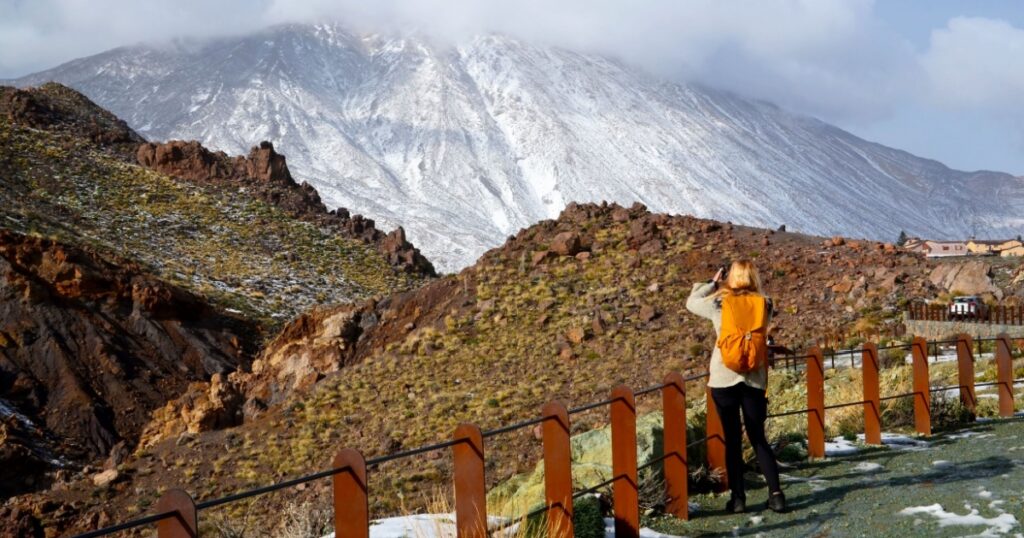
The island of Tenerife off the coast of Africa, in the Atlantic Ocean, is a beautiful spot for stargazing. The government of the island has even passed laws to prevent flights over particularly popular gazing sites. Watching the stars from the top of Mount Teide is a truly profound experience.
Read More: This 75-Million-Year-Old Rock Formation In Thailand Looks Like A Crashed Spaceship

